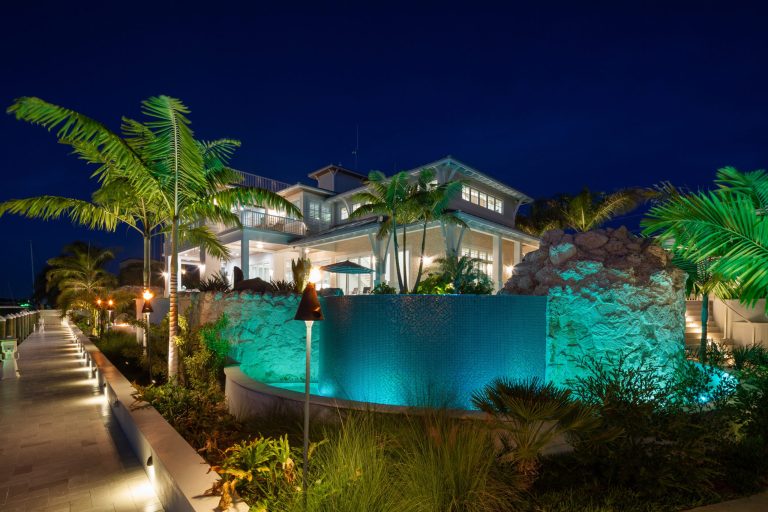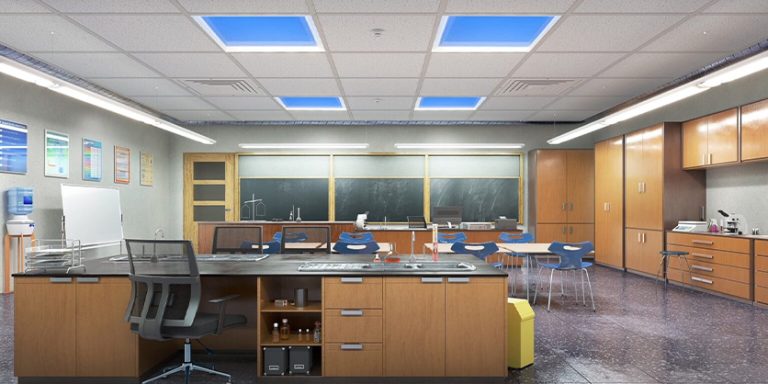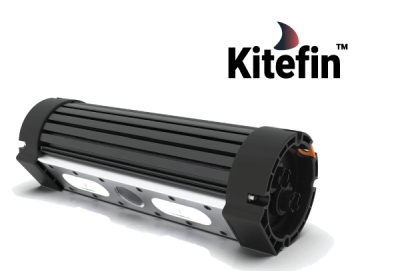Signify Reports First Quarter Sales of EUR 1.6 Billion

May 5, 2021
Signify has announced the company’s first quarter 2021 results.
“Our first quarter performance demonstrates the execution of our strategy, as we report growth driven by our connected businesses and our growth platforms. The adaptive measures we took in 2020, combined with continued pricing discipline, cost and working capital management, resulted in improvements in our operating margin and free cash flow. Our teams have also begun to execute our new ‘Brighter Lives, Better World 2025’ sustainability program, which aims to double our positive impact on the environment and society in 2025,” said CEO Eric Rondolat.
“While we see signs of an economic recovery, supply chain performance is being challenged by component shortages, which are impacting the first half, and will, to a lesser extent, impact the second half of the year. We expect the continued vaccination rollouts and easing of lockdowns to drive an upswing in demand for our professional portfolio in the second half of the year. We are therefore aiming for mid-single digit full-year comparable sales growth and further year-on-year operating margin improvements, driven by our digital businesses.”
Brighter Lives, Better World 2025
In the first quarter of the year, Signify made its first steps to achieve the ambitious goals it set for the Brighter Lives, Better World 2025 sustainability program, making progress on all four commitments that contribute to doubling its positive impact on the environment and society. In addition, the CDP Awards 2021 recognized Signify’s leadership in Climate action, after the company had achieved carbon neutrality for all its operations in the world in 2020.
In Q1 2021, the company has started to make progress against its ambition of doubling its positive impact on the
environment and society in 2025:
- Double the pace of the Paris agreement:
Carbon reduction over value chain was 18 million tonnes, for which we set a 2025 target of 340 million tonnes
- Double our Circular revenues to 32%:
Circular revenues were 19%, versus the 2019 baseline of 16% and the 2025 target of 32%
- Double our Brighter lives revenues to 32%:
Brighter lives revenues were 23%, versus the 2019 baseline of 16% and the 2025 target of 32%
- Double the percentage of women in leadership positions to 34%:
The percentage of women in leadership positions was 24%, versus the 2019 baseline of 17% and the 2025 target of 34%
Outlook
Following the operational performance in the first quarter and based on current visibility, Signify now anticipates comparable sales growth of 3% to 6% for the full year 2021. In addition, Signify expects to achieve an Adjusted EBITA margin of 11.5% to 12.5% and continues to expect free cash flow to exceed 8% of sales for the full year 2021. The company reassesses its medium-term guidance for the period 2021-2023 after each financial year.
Signify has refinanced EUR 350 million of its long-term debt with short-term loans with a maturity of December 2021 and is therefore fully committed to repaying EUR 350 million of debt in Q4 2021.









